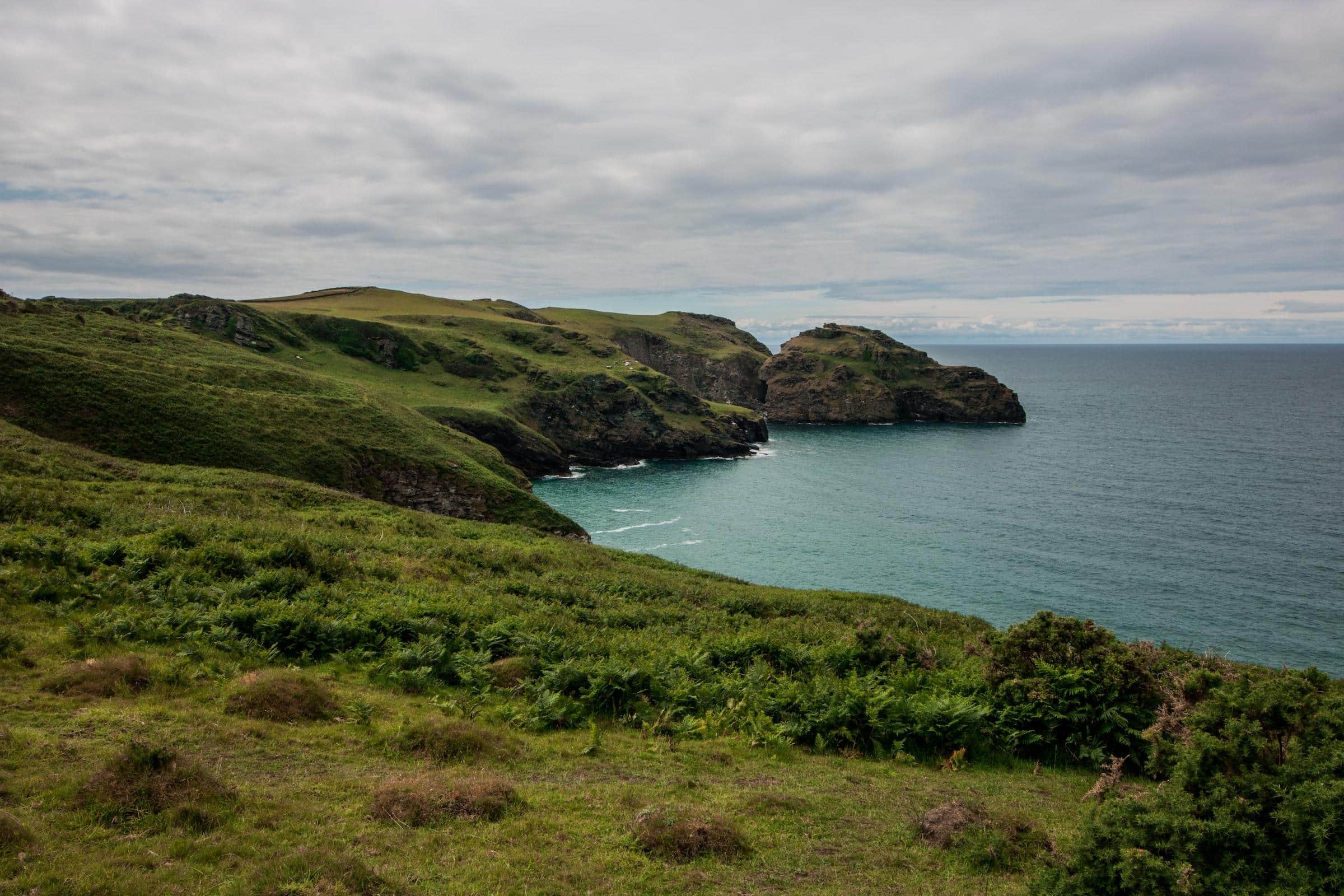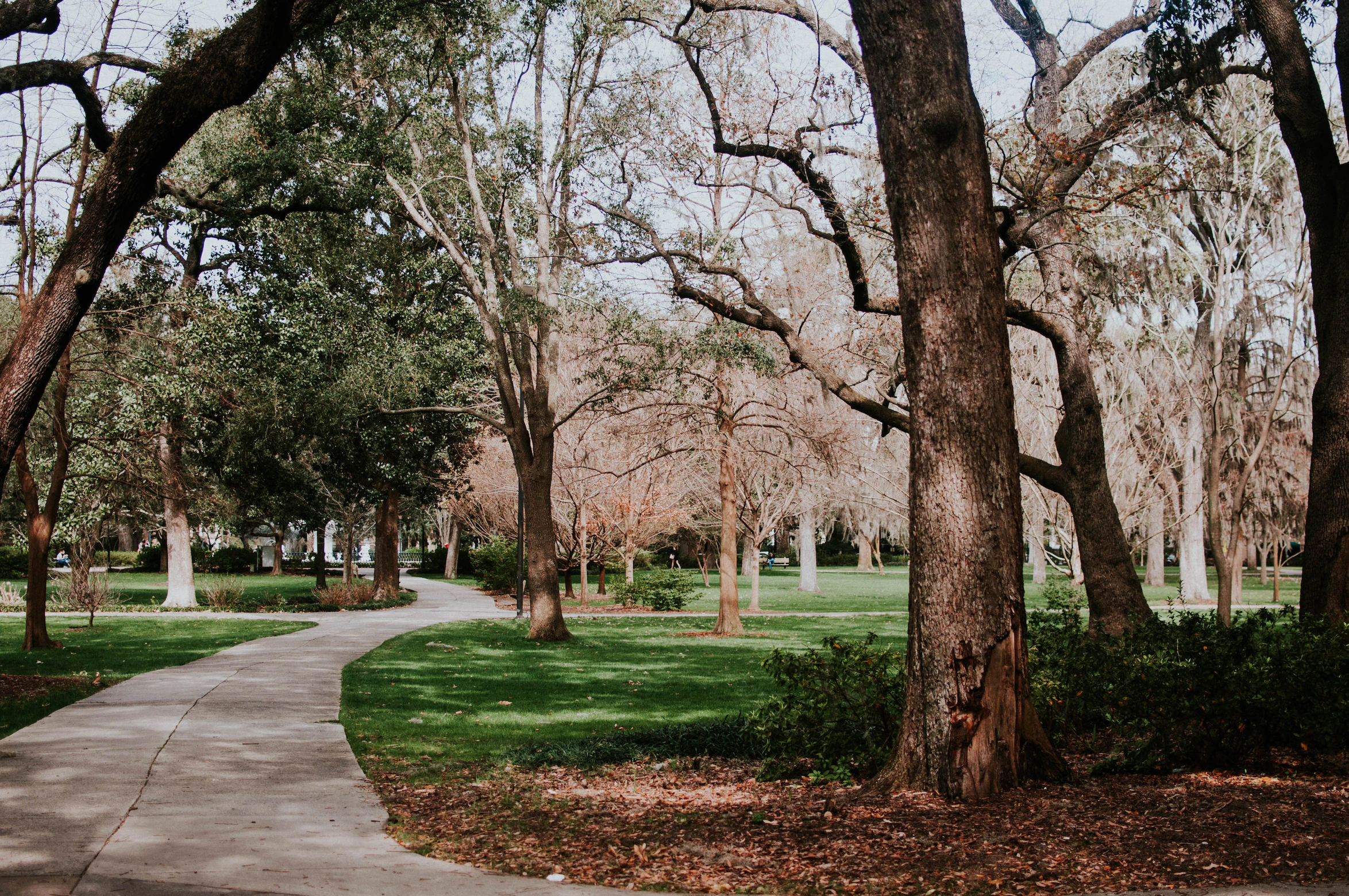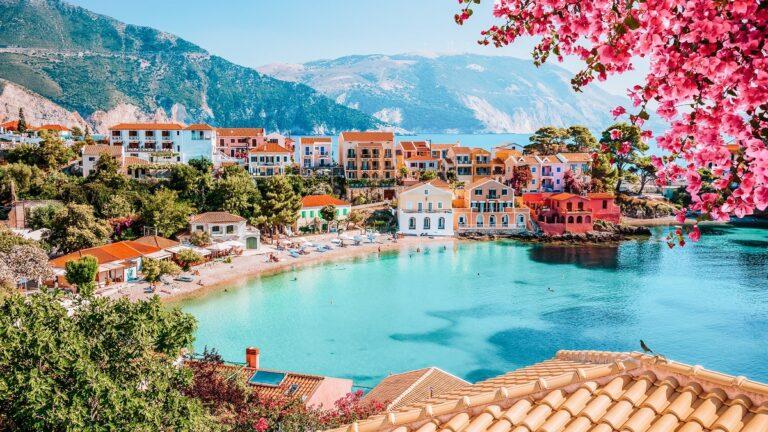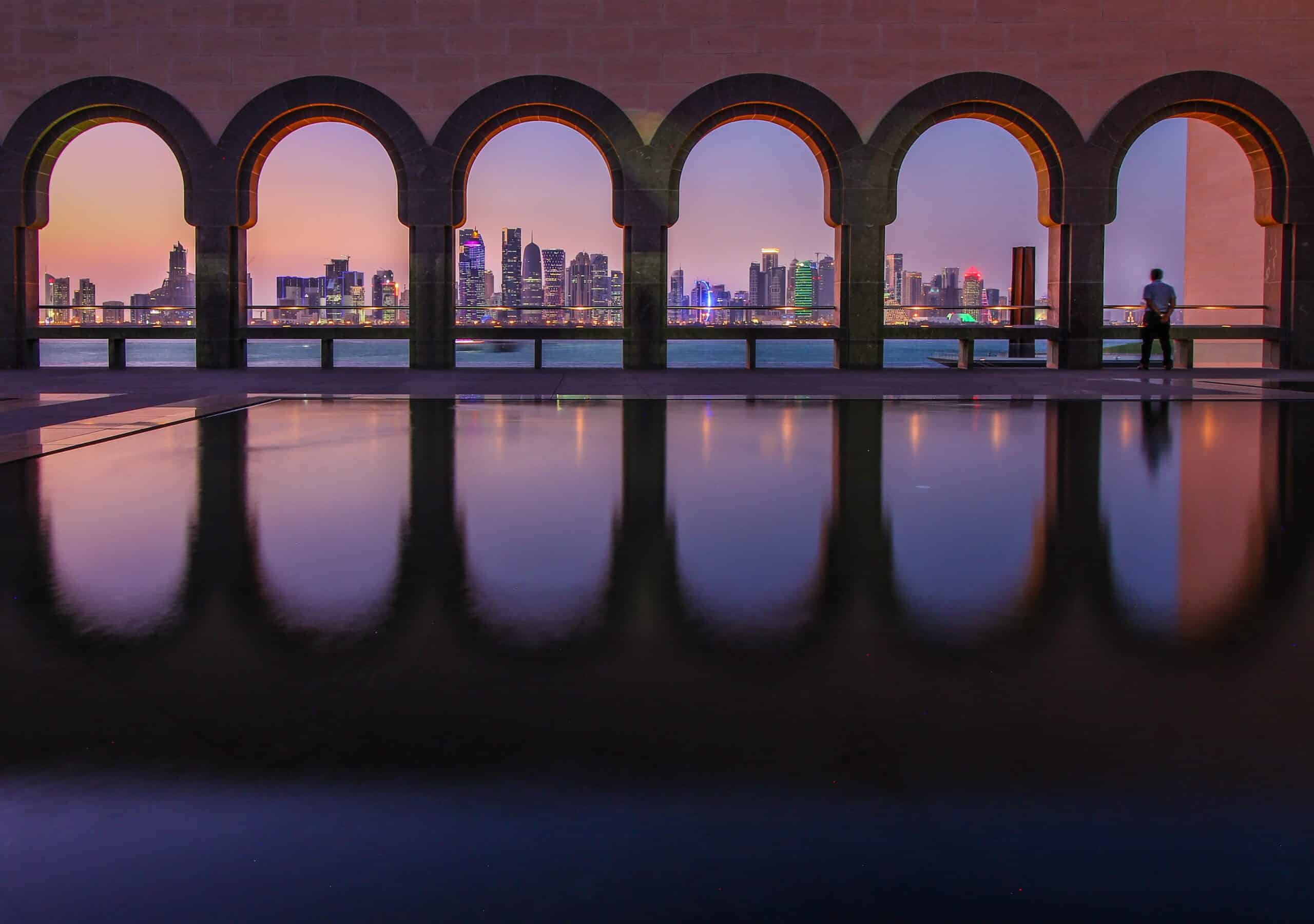Altit fort and the Royal garden Hunza
The splendor of nature is the only gadget that fascinates you the most, and there are countless other signs to discover in nature. The more you search, the more you will interpret. Let’s dive into the imperial Hunza Valley and experience the way of life at this point. The Hunza Valley is famous all over the world for its breathtaking beauty, but it also preserves the region’s cultural heritage. Various monuments and sculptures can be found in the valley, but the most famous and antique monument is the Altit Fort, which is 1100 years old. The fort is located in the picturesque village of Altit in the majestic Hunza Valley in the Gilgit-Baltistan region of northern Pakistan.
The area is fenced by the Brusho people, meaning “Brushaski speakers,” and the word Altit means “This side down.” The Altit fort, which is now the chief tourist destination, was formerly home to the ruler of Hunza, also called the “Mir of Hunza.” The Mir of Hunza moved to another palace known as the Baltit Fort nearby three centuries ago. The fort came into being when the prince of Hunza wedded the princess of Baltistan in the sixteenth century and transported master Balti craftsmen to form the fort. Both of the forts are now the key concern for people traveling to Pakistan, especially the Hunza Valley. More than a thousand people visit this cultural heritage site monthly in the summer in order to experience the rural lifestyle and the mysterious history of the mountains. The fort exemplifies the Hunza people’s strong cultural values that they carry with them into the modern era. They preserve their culture in various forms, and they are well aware of their origin.
You can reach the fort by the Karakorum Highway from the city of Gilgit, which takes approximately two hours to reach Aliabad Hunza and 30 minutes to reach Altit Fort from Aliabad. The fort is situated on a high cliff that is over 1,000 feet above the River Hunza and is unique among the additional buildings nearby. We are drawn to it its amazing architectural design at first glance, and we are eager to learn more about it. The building appears to be so mysterious that the visitor becomes obsessed with learning more about it. It is said that the fort was fabricated as a show of authority to the Mirs of Nagar, which is the alike state on the other side of the Hunza River, and that it has stood high in front of the Karakorum since the 11th century. In order to attack the enemies of that time, the fort was constructed in the uppermost place so they could have an easy glance at the town below. The fort has endured many attacks from the invaders and several earthquakes likewise, and all credit goes to the architects of that time who built up such a strong base that has survived for about 1100 years.
The residents are in fact the White Huns, and it is said that the current verbal Brushaski was carried here by the Huns in 47 A.D., and the primordial name of the place was Hunukushal, meaning the village of Huns, and later on the name was transformed into Broshal. It’s believed that the Huns came from the Huang-Ho Valley of China, but according to the residents, there are various perceptions about their origin. Islam was familiarised in the valley in the 15th century; before that, there were concepts of Buddhism, Hinduism, and Jainism in the area.
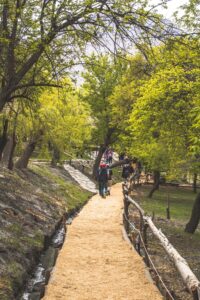
The building is constructed in six altered phases by using numerous natural stages of the rocks. It is composed of wood, stone, and mud plaster. You will need to purchase a ticket in order to visit the fort, and you will also have a director with you who will help you apprehend the history of the secretive fort. Before getting to the fort, you will experience another amazing plot, which is the royal garden of Hunza, renowned due to its eye-catching beauty and multiple varieties of trees. The garden encompasses almonds, apricot, apple, peach, mulberry, and various other plants. People enjoy the blossom here, but autumn brings a new level of beauty to the garden when the leaves change into manifold colors. People travel and visit the garden to take autumnal shots, and it is a superlative place for photographers. After the royal garden, you will reach your main endpoint, which is the Altit Fort.
The first room of the fort was used as a reception in ancient times and a guard room likewise. You can also perceive a “Furness,” which was used for the fermentation of wine before Islam. The most interesting fact about the fort is that there is a standing grave of a prince who appalled the crown prince. You will also discover a room that is considered the conference hall or the main hall, where debates related to politics were held and important decisions were prepared. You can observe various cooking pots that are made out of stones and are still preserved in their original form. A store is present on the rooftop where they preserve their foods for the winter season, and likewise, there are many other objects they use in their daily life. In the living room, you can see a sundial made up of three timber sticks, which helps them measure time and seasonal changes with the help of the sun’s shadow. Also, you can observe the custody lockup where insurgents and other punishers were caged. The fort comprises various tiny rooms, and the doors are kept at 5 feet so that the enemies can’t get in easily. The whole fort is adorned with beautiful wood carving. The new portion of the fort was constructed throughout the colonial era, where you can see pictures from 1932 as well. The fort was gifted to the Aga Khan Foundation in 1990, which completed the restoration of the fort and exposed it to the public in 2007 as a tourist museum.
So, let’s explore the majestic Hunza and its gorgeous, mysterious sites, which are truly lovely.
further for you:-
https://sworld.blog/10-top-experienc…n-hunza-pakistan/


